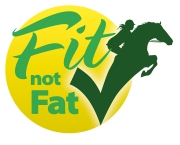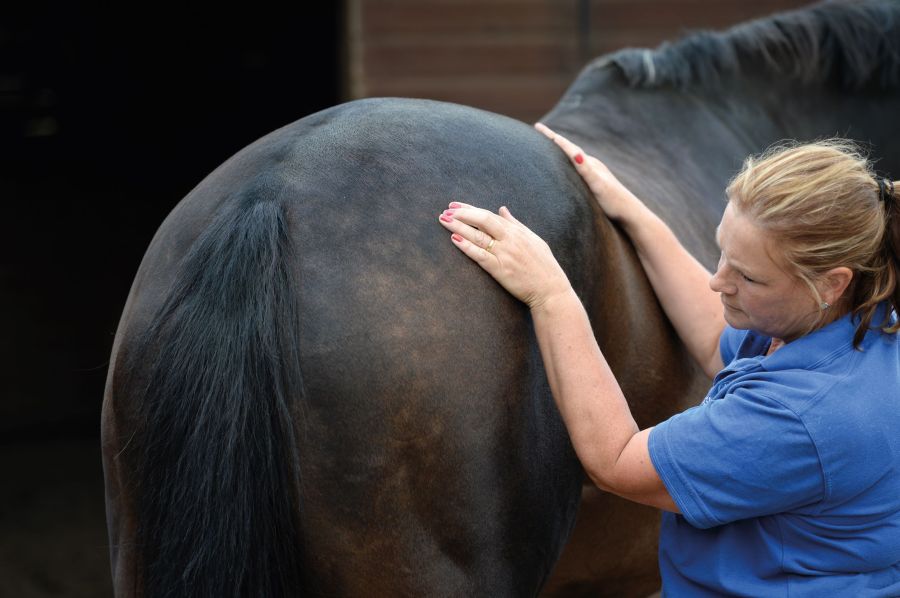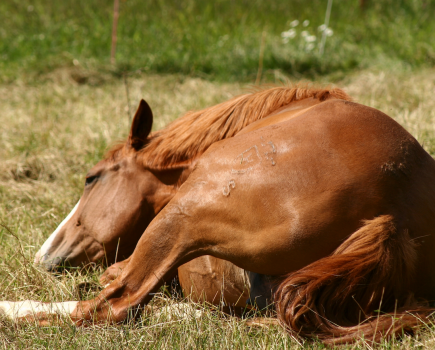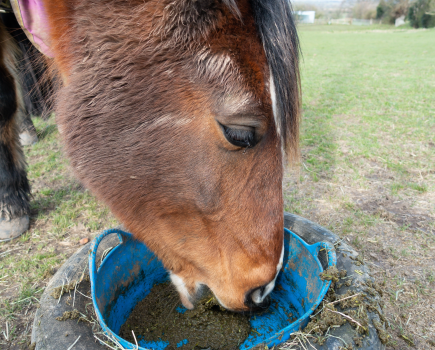In partnership with Dodson & Horrell
As equine obesity is on the rise, more research has been focusing on the effects that fatty tissue, also known as adipose, has on normal functionality of the body. In humans, we know there are strong links between being overweight and an increased risk of disease — and this is proving to be the same with horses.
Many studies have looked into insulin resistance, as it has known links to laminitis, and have found that obesity exacerbates insulin resistance. The extent of this is still under review, but there is enough evidence to support endeavours to keep our horses slim.
Carrying too much adipose tissue internally also increases the risk of lipoma formation. Lipomas, which are fatty tumours, are usually benign but can cause a physical obstructive anchor in the gastrointestinal tract, making some types of colic more likely to occur.
Fat within the abdominal cavity is difficult to measure, because it ‘hides’ further away from the skin, surround organs, and even embed itself within certain organs which reduces their functionality.
The horse’s digestive system is so unique and deeply linked to their overall health and performance that keeping it settled and efficient should be one of our largest priorities.
Monitoring equine weight
Body condition scoring and body weight monitoring are practical and useful ways to measure starting points and progress.
Body condition scoring
Body condition score charts look at several areas of your horse to ensure any areas that are disproportionately storing fatty tissue are accounted for fairly.
In addition, if your horse suffers from Equine Metabolic Syndrome (EMS) or has a particularly ‘cresty’ neck, without excess weight elsewhere, there are specific ‘cresty neck’ condition charts that can be used.
On a 5-point scale, keeping your horse at a score of 3 overall is a healthy goal.
Body weight monitoring
Body weight can be measured using a weigh bridge, if you have access to one, or a weight tape placed at the base of the withers and just behind the elbow along the girth area. This gives you two reliable measures to monitor progress against.
It is possible that your horse may gain muscle whilst losing fat, which means the two scores together help to give a more complete picture.
Losing half a point on the body condition score chart every six weeks is a good and safe progress goal.
Hard feed for a horse on a diet
Unfortunately, the vast majority of pasture grass, hay, and haylage is deficient on a few key vitamins and minerals, like selenium, zinc, and copper. It is important to keep the diet fully balanced, luckily there are many low-calorie options to choose from when looking for ways to balance your forage.
A feed balancer or vitamin and mineral supplement offers a low calorie solution to ensure your horse or pony receives the optimum level of vitamins and minerals when the feeding guidelines are followed.
Dodson & Horrell offers a free weight tracker to help you monitor your horse or ponies weight. Visit Dodson & Horrell to download yours.

Have you heard about Your Horse’s #FitNotFat campaign? Equine obesity is an enormous welfare problem and we’re on a mission to provide owners and riders with the knowledge, skills and information you need to keep your horse in tip-top health. It could be life saving!








